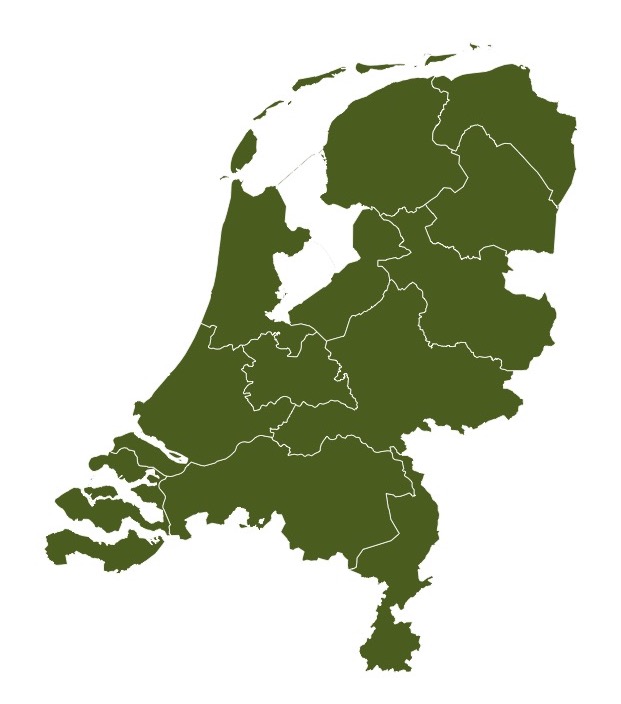The Namibian Government considers green hydrogen as an emerging market opportunity with the potential to spur national and regional economic growth. As such, the government is currently focused on stimulating and developing various relationships to support the green hydrogen industry.
According to ESMAP and the World Bank, Namibia has an offshore wind resource potential of over 720 GW of both Fixed (19 GW) and Floating (701 GW) turbines. Preliminary market estimates note that at scale, the //Kharas Region stands to absorb potential FDI of US$6 billion, produce 2 million tons of Ammonia, generate in excess of $800 million in revenue p.a. and house generation assets of 5GW with the capability to produce power at less than 3 US cents/ kWh. Such an investment would require various partnerships. An updated in-depth All of Country Analysis will now be conducted during the crafting of the Nation’s upcoming synthetic fuels strategy.

Germany commits to contributing up to EUR 40 million in grant funding to deepen green hydrogen cooperation with Namibia in selected priority areas which include the development of Pilot Plants across Namibia, developing a Green Hydrogen National Strategy and Scholarships.
Through the Agreement, the countries have pledged to work together in the production, processing, storage, and transportation of green hydrogen products, along with its marketing and support of green hydrogen projects by the private sector.

Energy Minister Thomas Alweendo signed an MoU with the Belgian Government under which Belgium will assist Namibia to develop a hydrogen refueling station and medium-sized solar power plant.

The Agreement enables collaboration on various areas of mutual interest, especially positioning the ports as green hydrogen export hubs and facilitating the forecast growth and flow of the green hydrogen supply chain from Namibia to Rotterdam in the Netherlands. The agreement gives Namibia a great opportunity to form part of the energy supply mix to serve north-western Europe. As part of its readiness planning, Namport has set aside 350 hectares of land at the Port of Walvis Bay North Port for allocation to Green Hydrogen-related industries
Never miss news and updates about the Namibian Green Hydrogen sector.
Copyright 2024 – Namibia Green Hydrogen Programme